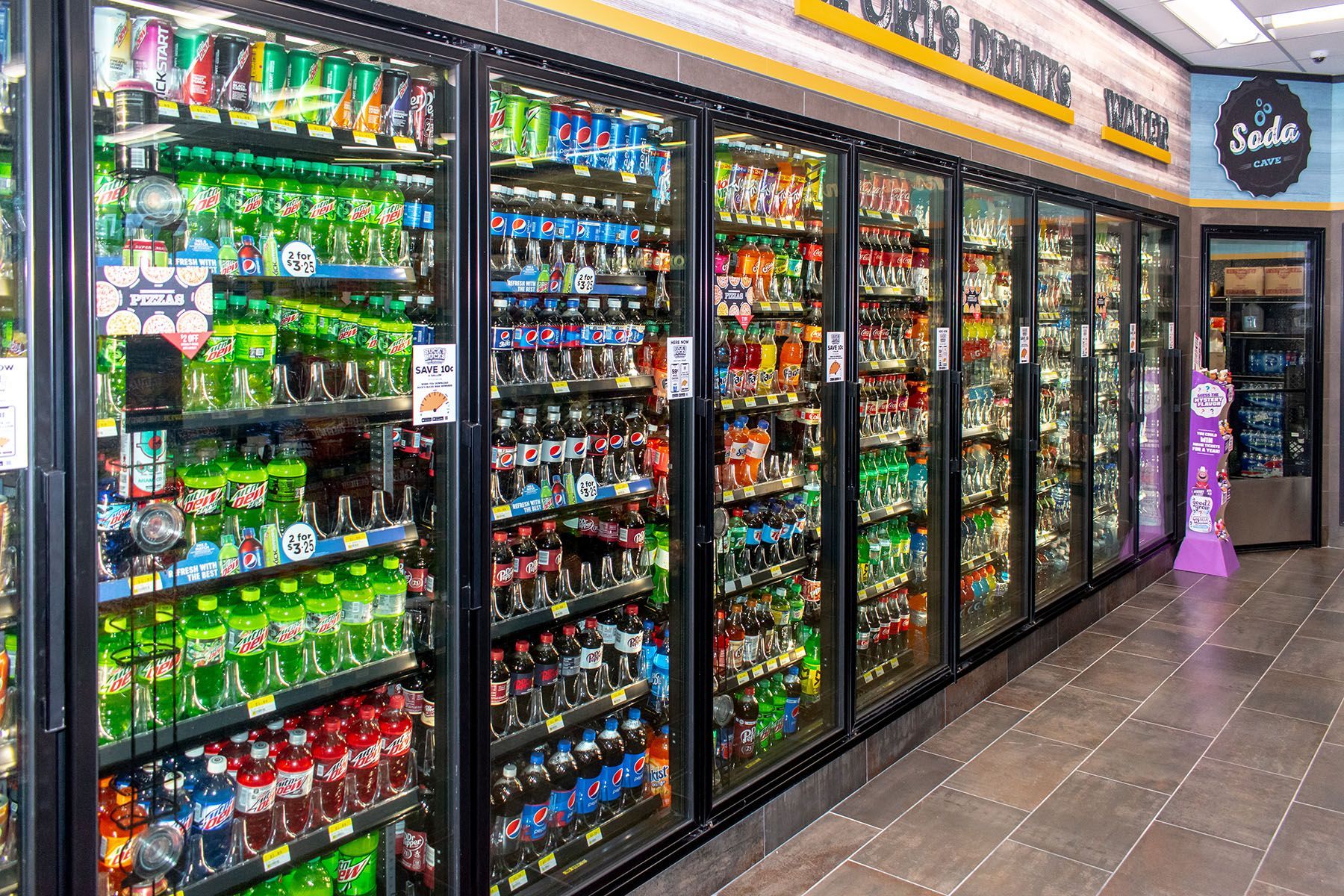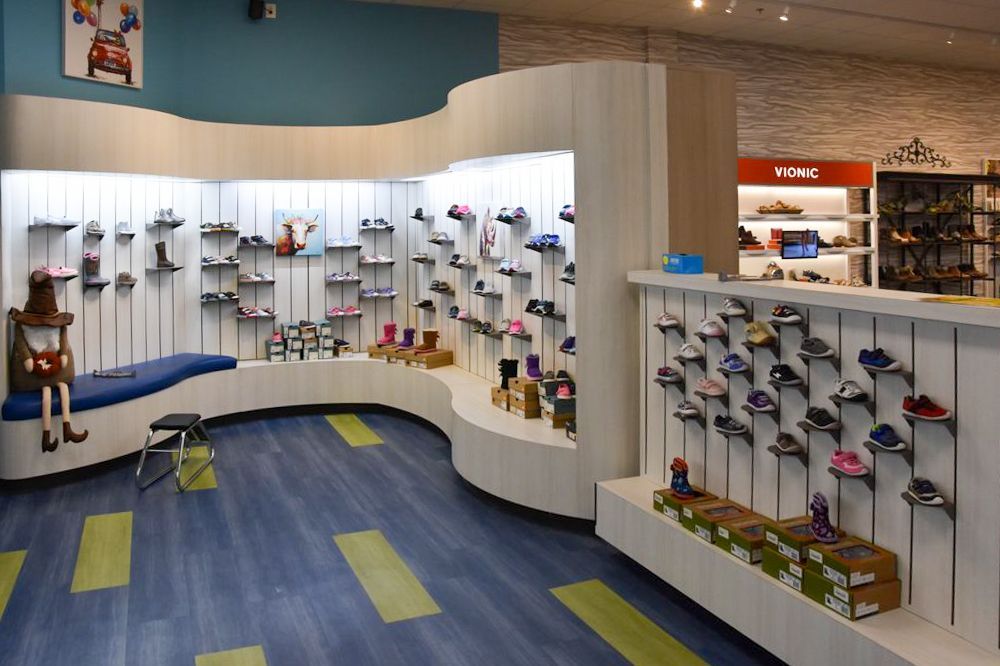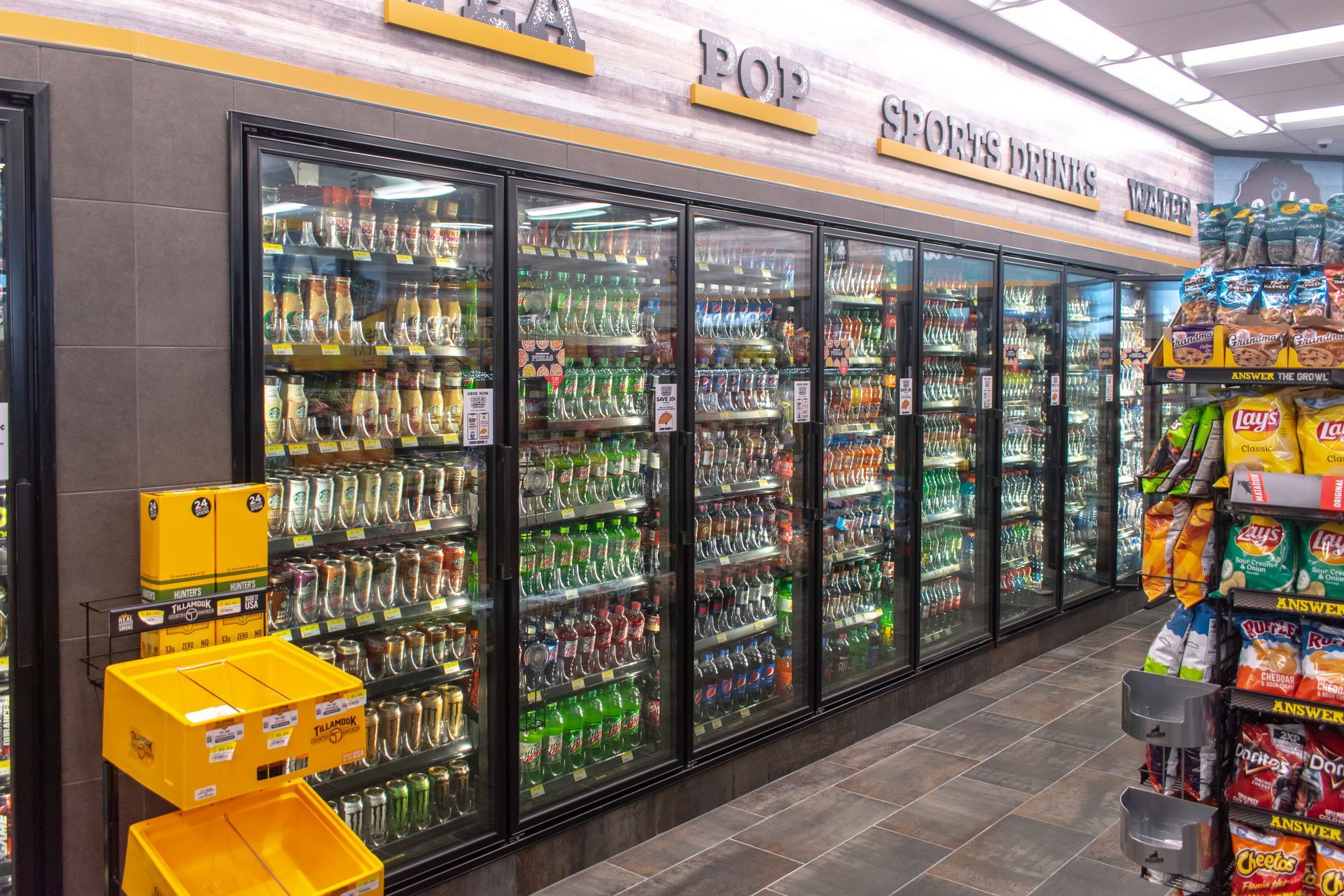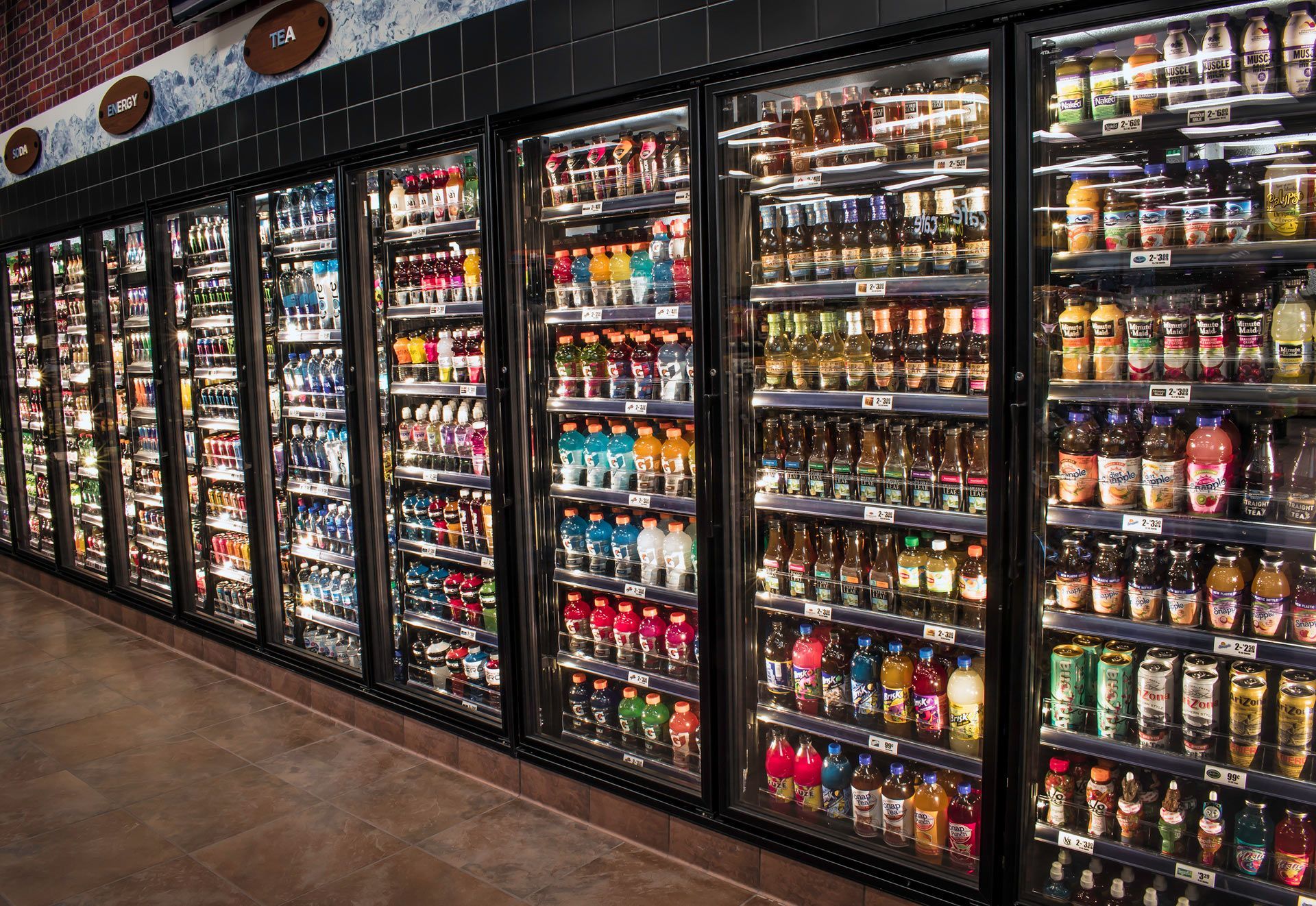How to Align Displays with Your Brand Identity
In the competitive world of retail, the way you present your products can make or break your brand.
Point-of-purchase displays and merchandising solutions are functional tools and an extension of your brand's identity. They speak volumes about who you are, what you stand for, and the kind of experience customers can expect.
Explore how aligning displays with your brand identity can amplify your brand message, engage customers, and drive sales.
Understanding Brand Identity
Before delving into how displays can reflect your brand, it's crucial to understand what brand identity encompasses.
Your brand identity includes visual elements (logo, colors, typography), values, personality, and the emotions you want to evoke in your customers.
Whether you are a luxury brand, a tech-forward innovator, or a family-friendly retailer, your displays should consistently reinforce these traits.
Step 1: Know Your Audience
Your target audience should be at the forefront of your display design strategy. Understanding customer preferences, behaviors, and expectations helps you create displays that resonate with them.
- Demographics: Are your customers primarily young professionals, families, or luxury buyers? Each group will respond to different design elements.
- Shopping Behavior: Consider whether your audience prefers a sleek and modern aesthetic, a warm and welcoming atmosphere, or a quirky and playful vibe. Your displays should cater to their tastes and shopping habits.
For example, a luxury watch retailer may opt for minimalist glass cases with soft lighting to appeal to affluent customers.
At the same time, a toy store might use bright, colorful displays that invite interactivity.
Step 2: Reflect Your Brand's Visual Identity
Consistency is key in visual branding. Every display element—from color schemes to typography—should align with your brand's established look and feel.
- Colors: Use your brand's primary and secondary color palette. For instance, a brand with a nature-focused identity might incorporate earthy tones and wooden textures in its displays.
- Typography: Stick to your brand's fonts for signage and labels. Consistent typography reinforces professionalism and attention to detail.
- Logo Placement: To enhance brand recognition, ensure your logo is prominently and tastefully displayed on or near your merchandising units.

Step 3: Incorporate Brand Values and Storytelling
Displays should go beyond aesthetics to convey your brand's story and values. Storytelling helps forge an emotional connection with customers, making your products more memorable.
- Themes: Create themed displays that align with your brand's mission. For instance, a sustainable clothing brand could use recycled materials in its displays to reinforce its commitment to eco-friendliness.
- Signage: Include messages or taglines that echo your brand's voice. A tech brand might feature phrases like "Innovation at Your Fingertips," while a health-focused brand could highlight "Wellness Made Easy."
- Props: Use props or imagery that reflect your brand's personality. A luxury boutique might incorporate velvet backdrops, while a sporting goods store could include rugged, outdoor-themed elements.
Step 4: Optimize Layout and Functionality
While visual appeal is vital, functionality should still be a top priority. Your displays must balance form and function to create a seamless shopping experience.
- Product Accessibility: Ensure items are easy to view and handle. For luxury items, this means locked cases with high visibility, while everyday products benefit from open shelving.
- Traffic Flow: Arrange displays in a way that guides customers naturally through the space. Consider using anchor displays to draw attention to high-value or seasonal items.
- Interactive Elements: For brands targeting tech-savvy or younger audiences, interactive displays, such as touchscreens or augmented reality elements, can enhance engagement.
Step 5: Leverage Lighting and Technology
Lighting and technology are powerful tools for enhancing your brand's display appeal and functionality.
- Lighting: Use lighting to highlight products and create the desired atmosphere. Warm lighting can evoke comfort and luxury, while cool lighting suits modern, tech-driven brands.
- Technology Integration: Incorporate digital screens, QR codes, or motion sensors to provide dynamic content and personalized shopping experiences. For example, a screen that displays product videos or customer testimonials can strengthen your brand's credibility.
Step 6: Evolve with Trends While Staying True to Your Brand
The retail landscape is ever-changing, and it's essential to stay updated on industry trends. However, adapting new ideas should never compromise your core brand identity.
- Seasonal Updates: Refresh displays to reflect seasonal trends or holiday themes while maintaining your brand's signature style.
- Innovations: Adopt innovations that align with your values, such as sustainable materials or AI-driven personalization.
For instance, if your brand prides itself on being cutting-edge, integrating augmented reality or virtual try-ons can emphasize your commitment to innovation.

Partner With PFI InStore
Aligning displays with your brand identity is more than aesthetics; it's about creating a cohesive and memorable experience for your customers.
By understanding your audience, maintaining visual consistency, and incorporating your brand's values and story, you can design displays that resonate with shoppers and reinforce your brand message.
Investing time and effort into creating displays that reflect your identity is a strategic move that pays dividends. It builds trust, enhances brand recognition, and drives customer loyalty and sales.
Partner with us at PFI InStore to accelerate your business and stay ahead in the competitive retail world. We're committed to creating displays that showcase products effectively and enhance the shopping experience.
Contact us today to explore how our innovative solutions can transform your retail space and drive sales in this dynamic industry.



